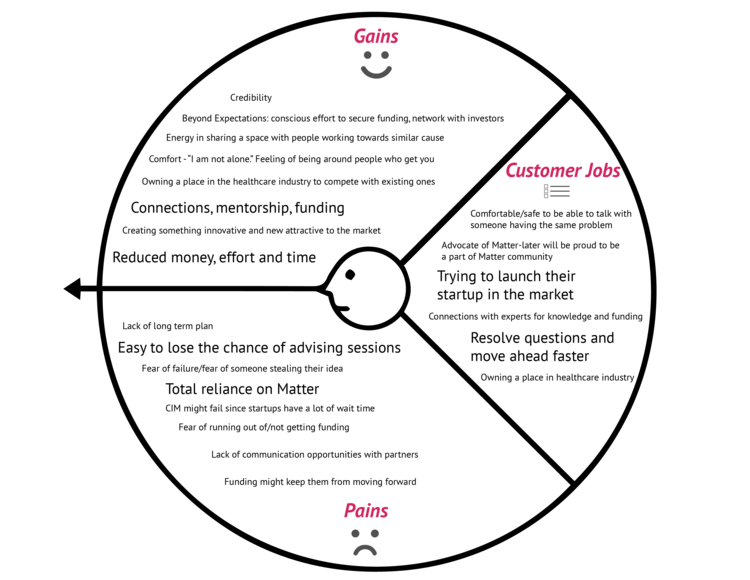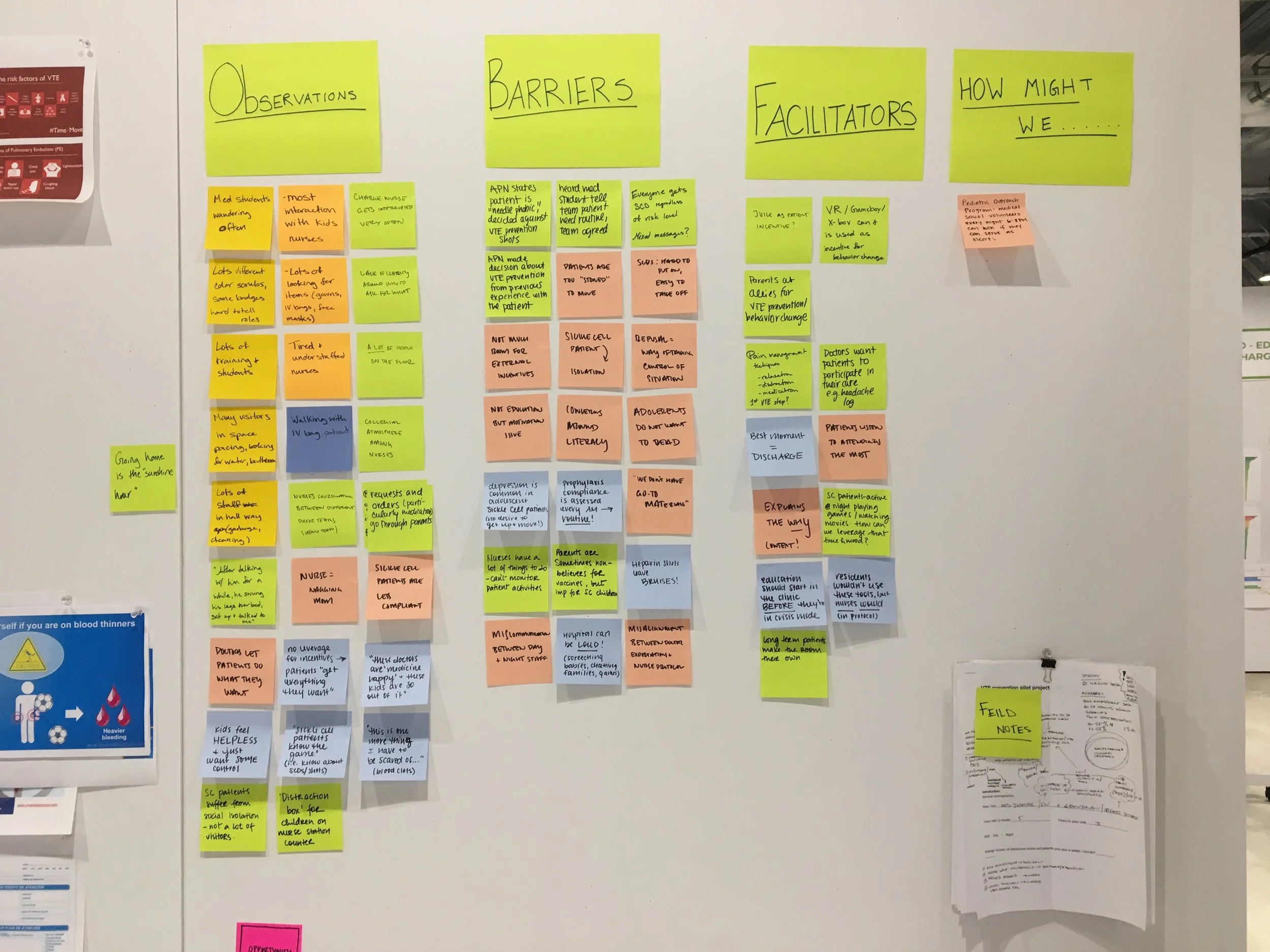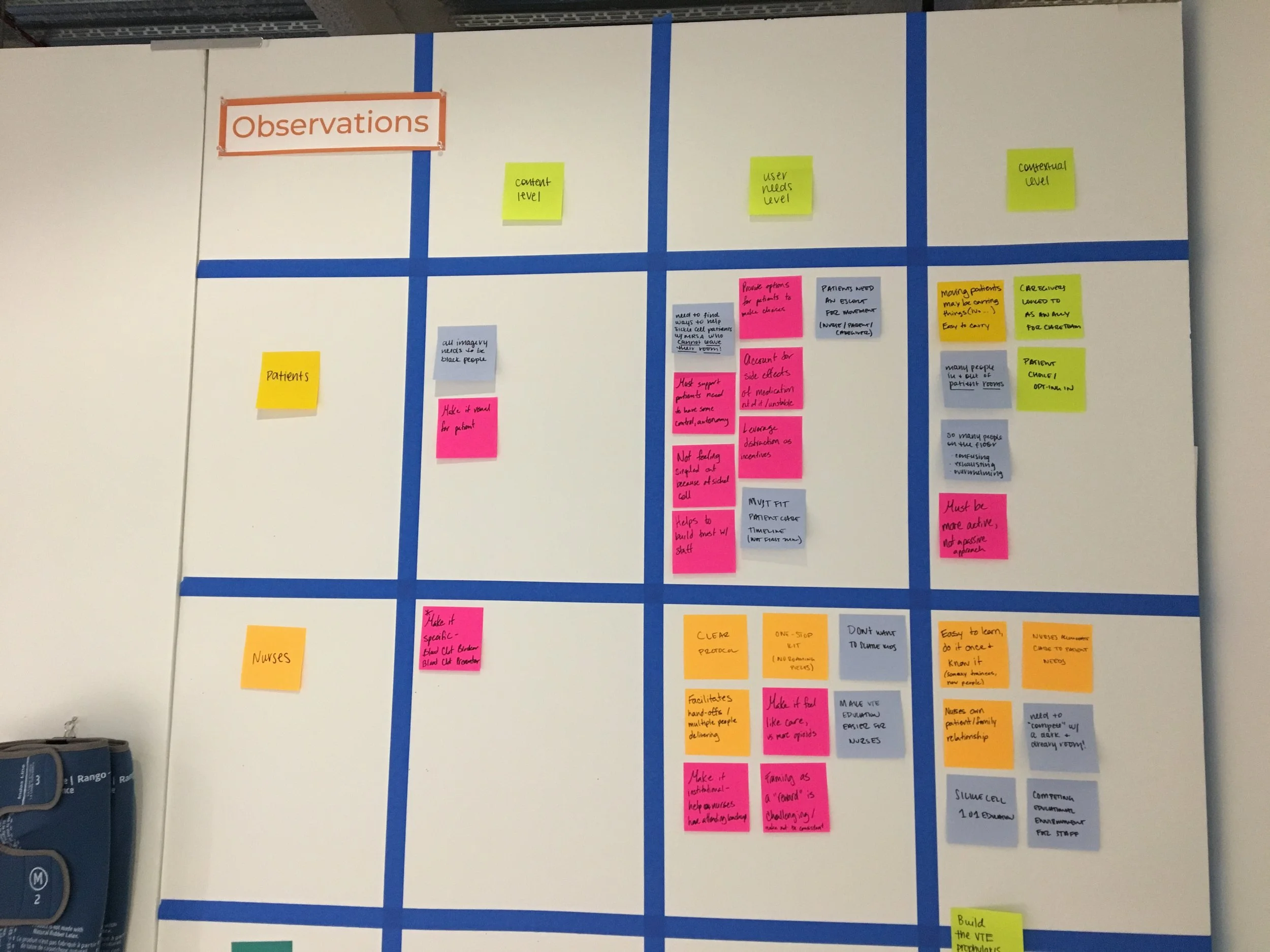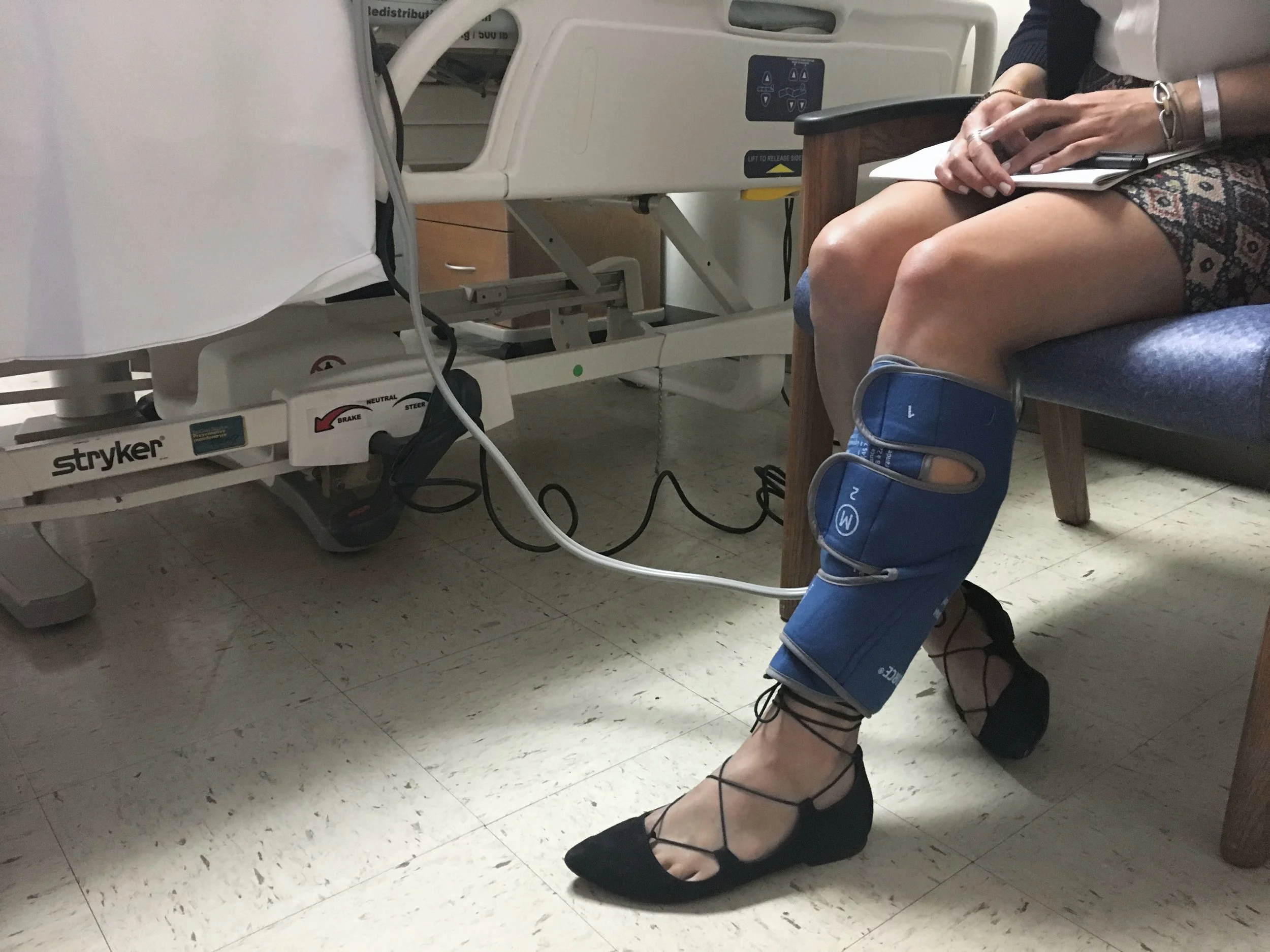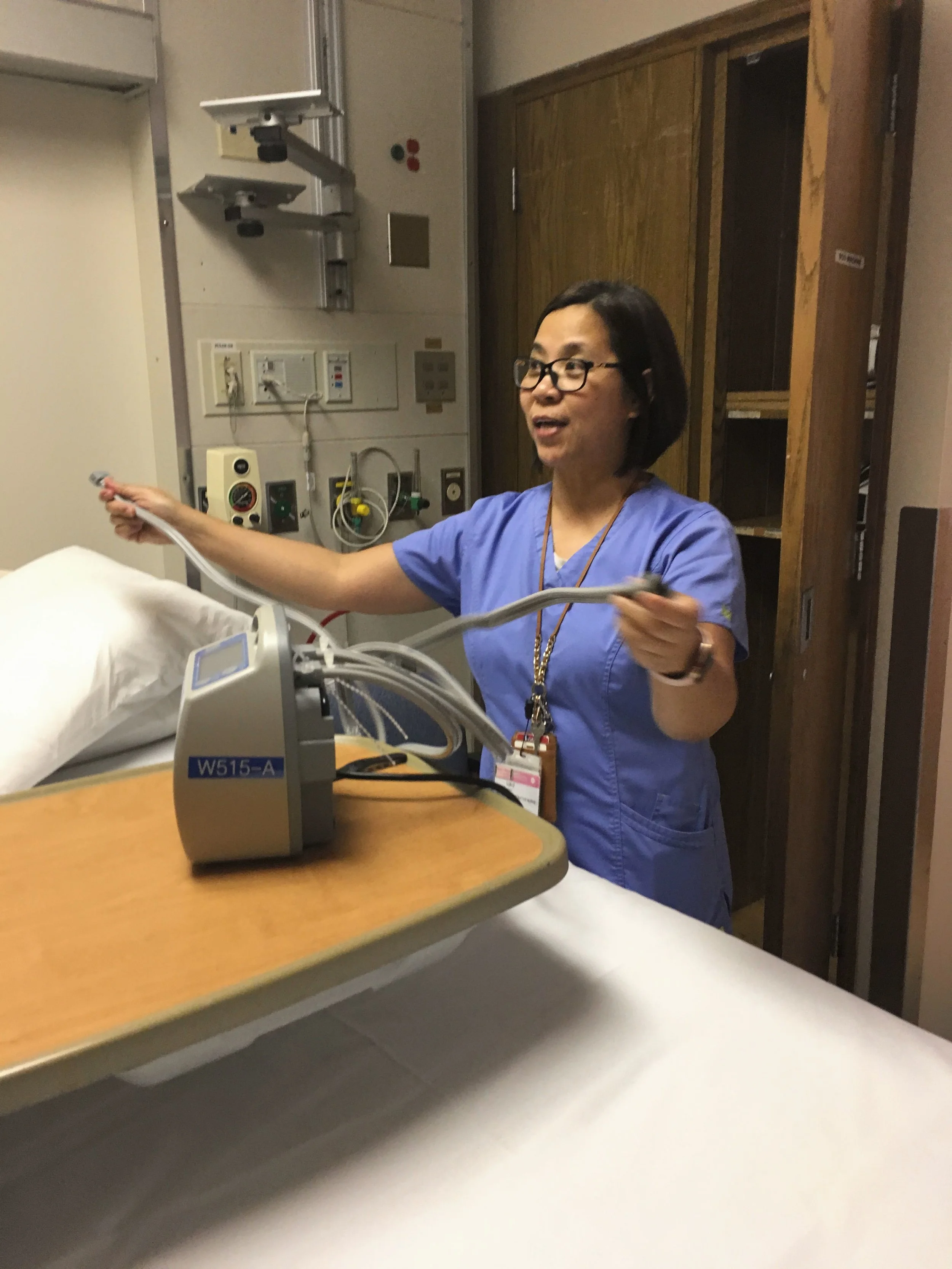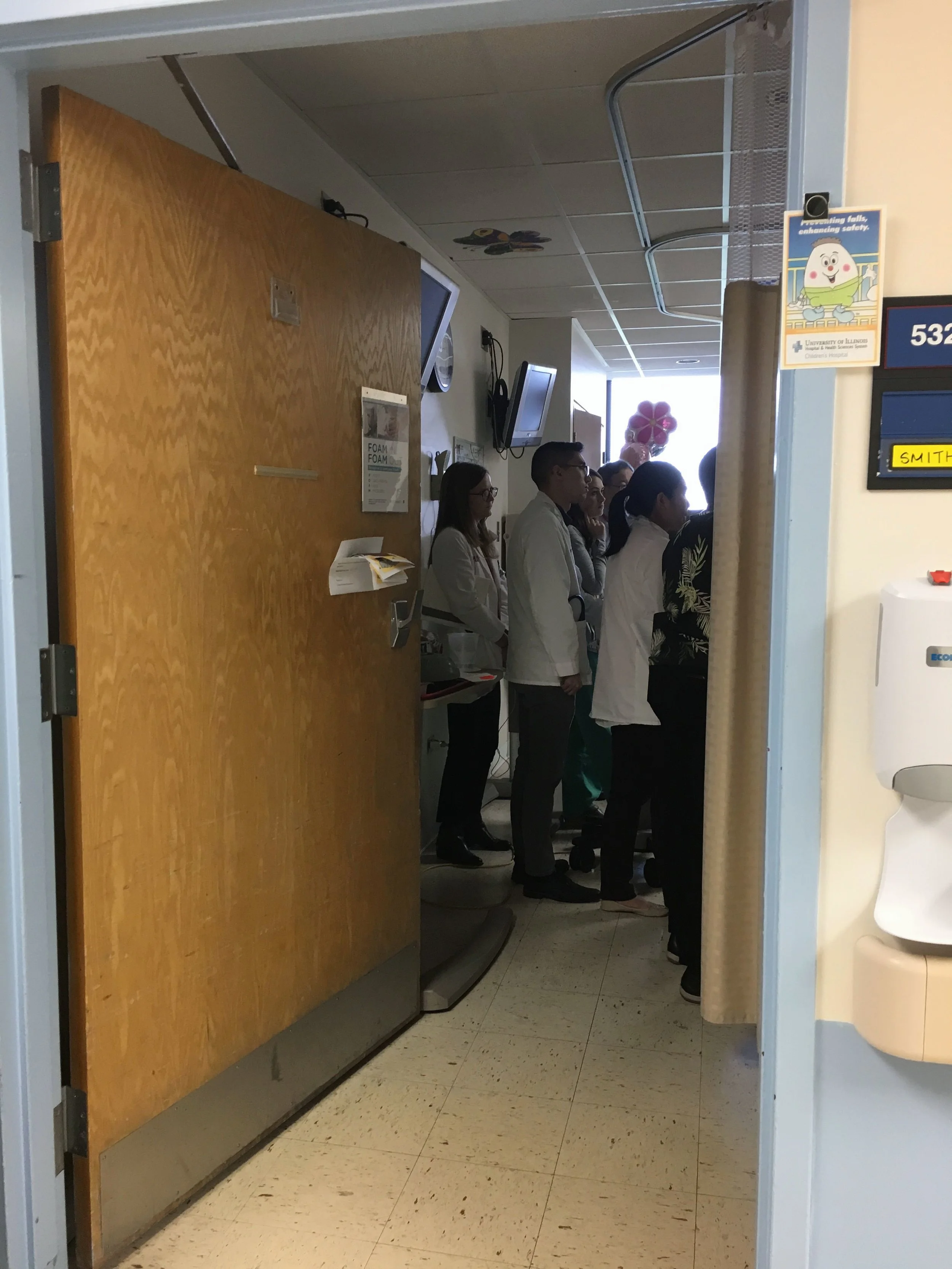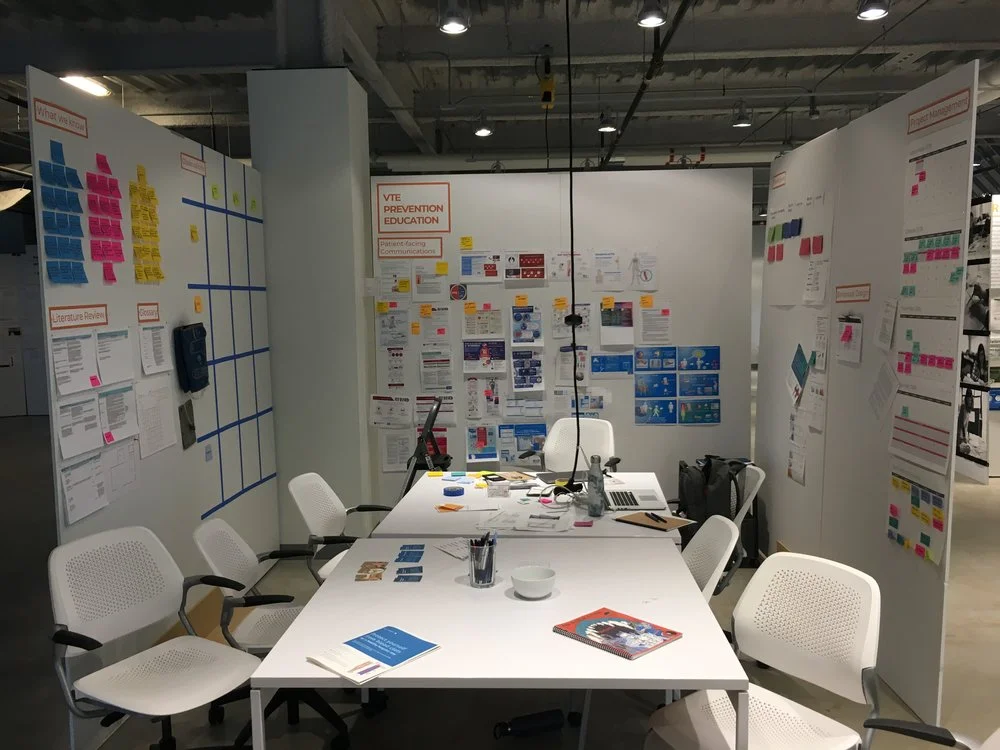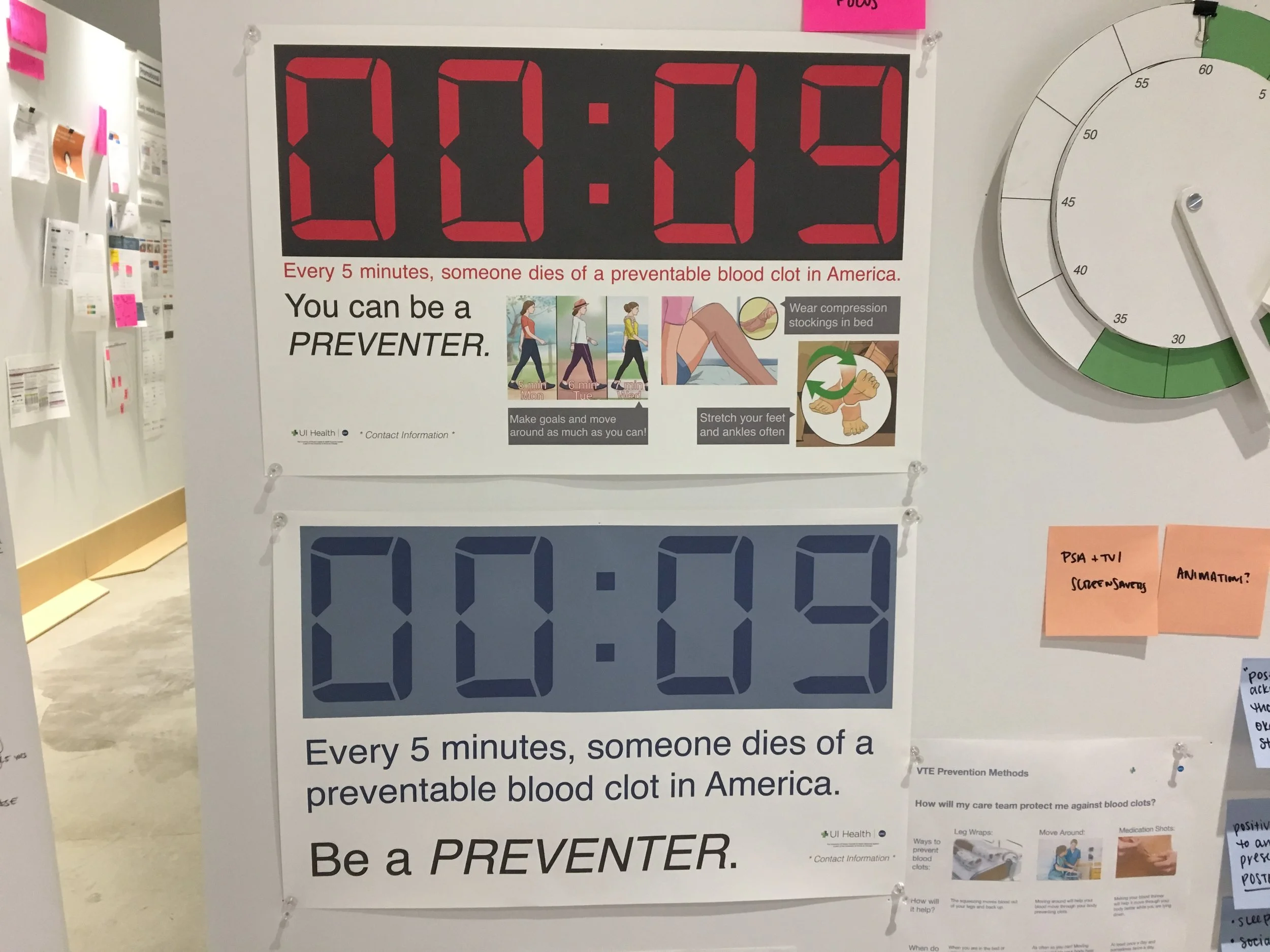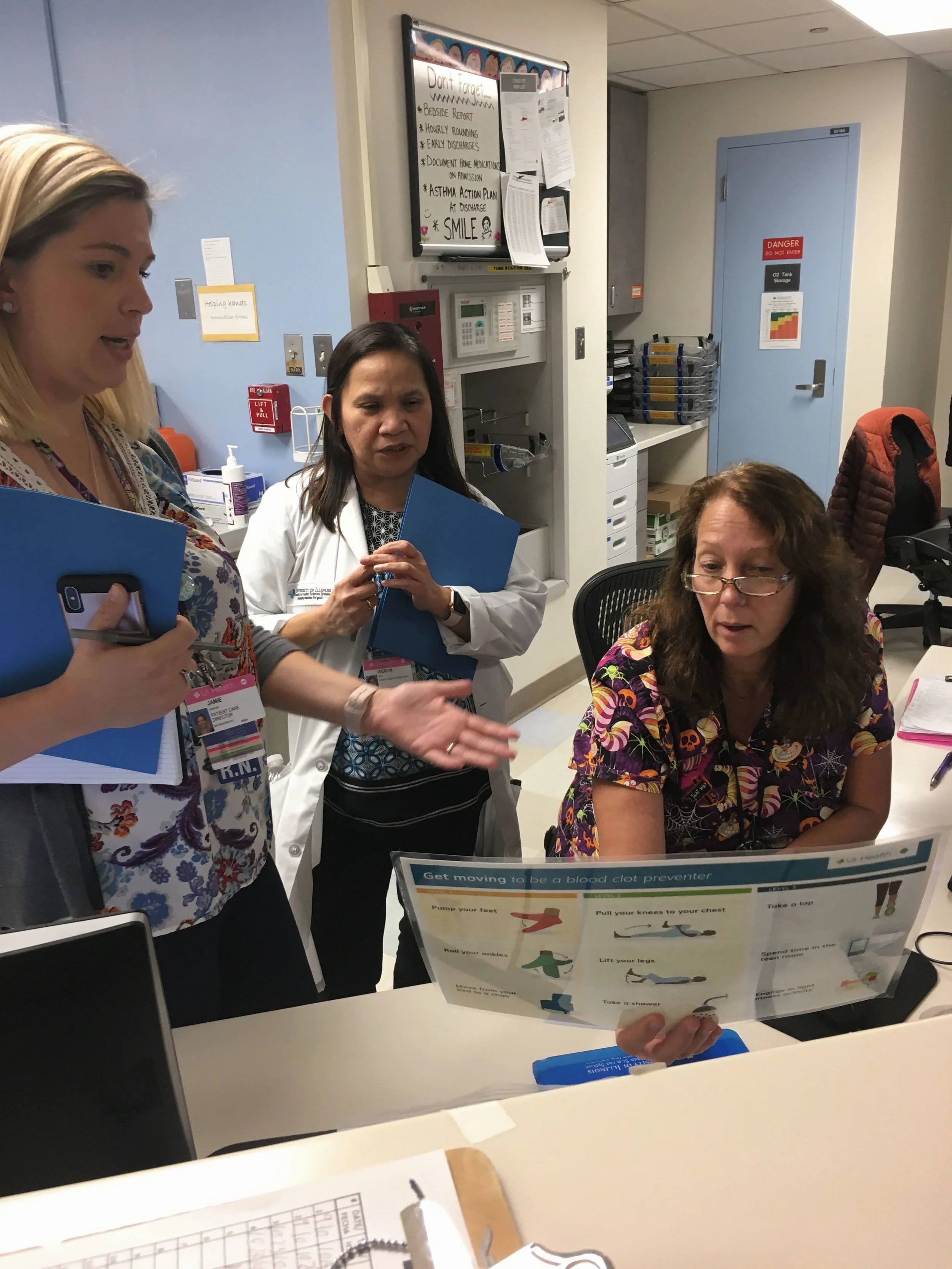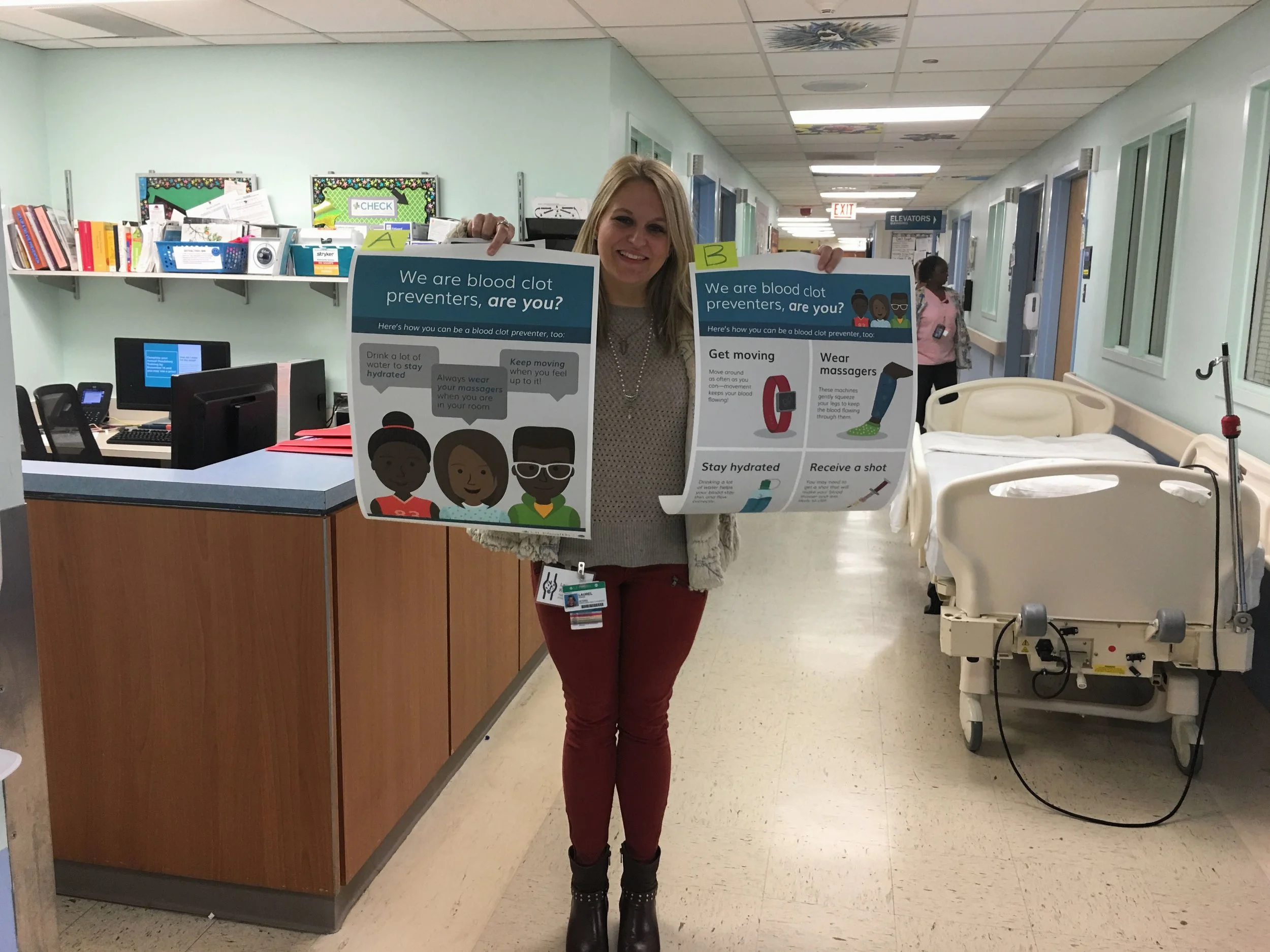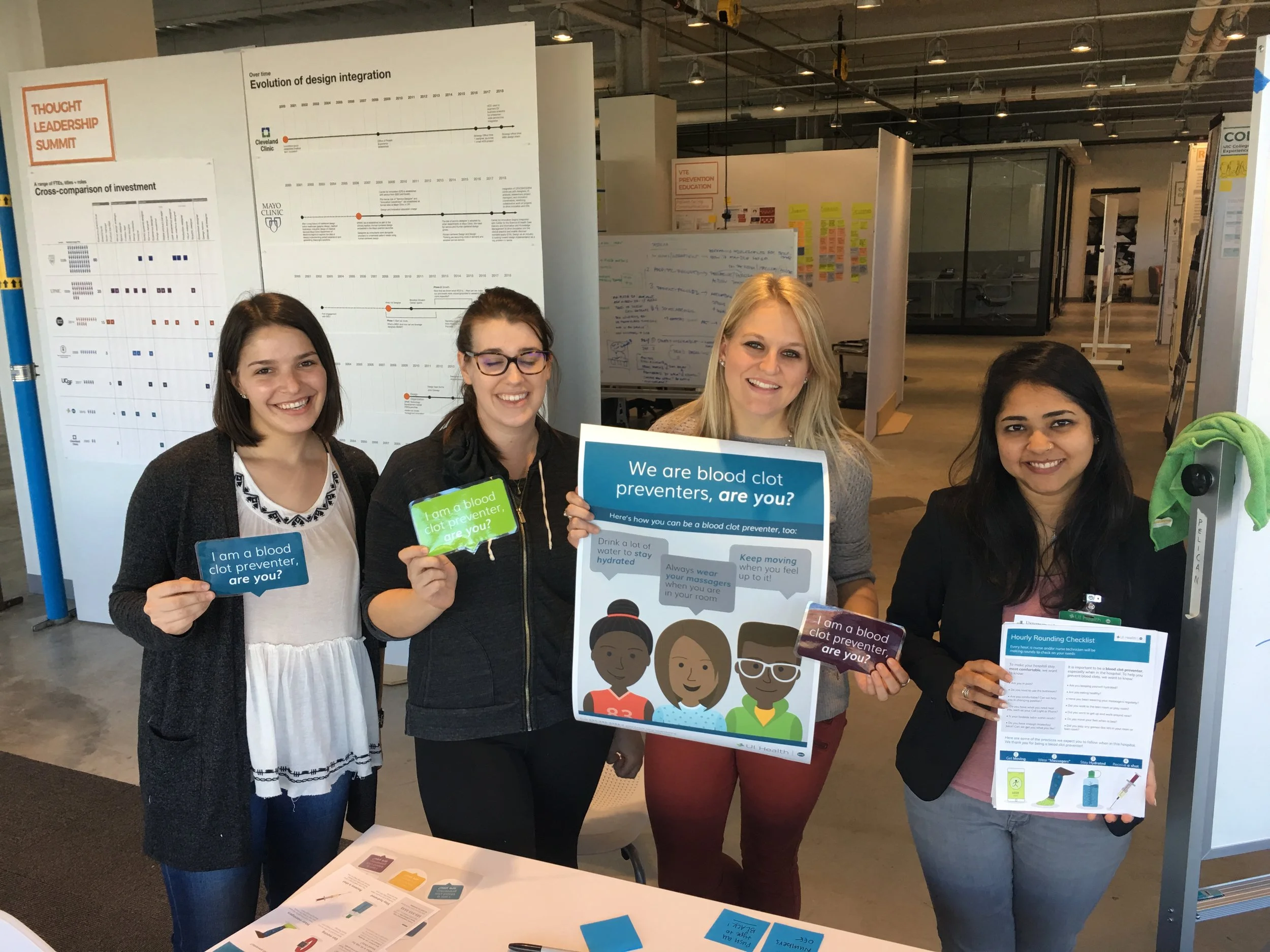Mentor + — A new service for MATTER
USER RESEARCH + SERVICE DESIGN
MATTER is a healthcare incubator located in the Merchandise Mart, Chicago. As a part of the Service Systems Workshop, we investigated the existing services and proposed new services to improve MATTER’s engagement in the community. In a group of 3, we looked at the relationship between the Mentors and Members of the entire MATTER ecosystem.
The project took place over Fall 2018, over the course of 14 weeks. The first part focused on secondary research about the healthcare incubator and healthcare startup landscape in the US. Followed by interviews with the member companies, mentors, and the MATTER staff itself, we presented our findings mid-semester and then pivoted to rapid prototyping and testing our hypothesis until we finally teased out the service blueprint and UX mock-ups to form a final presentation at the client’s office in December 2018.
CLIENT:
MATTER Healthcare Incubator, Chicago
TEAM MEMBERS:
Ariel-Yenwen Chen, Mike-Yuhao Lu
GUIDED BY:
Professor Matt Mayfield
MY ROLE:
Design Researcher + Service Designer
My Responsibilities
+ led the entire end-to-end research+design process with my team.
+ created initial project plan as well as Matter’s Value Web from initial conversations.
+ conducted 8h in observation sessions at Matter’s office and 4 interviews with Matter Members and Mentors. Created visualizations for the insights.
+ came up with one of the three prototype experiments and tested it out with the stakeholders.
+ co-created the service blueprint and final solution prototypes with my team members.
Mapping the existing MATTER ecosystem based on initial client meeting
The MATTER ecosystem is such that all the resources that flow towards the members always go through the staff, which results in a barrier to the members and hinders them moving forward in their startups quickly.
The members are the primary customers of the MATTER community. Through interviews, we learnt that the most important resource to them, the mentors, were not timely available to their benefit.
Mentor +
A platform that facilitates flexible scheduling and accessible help to mentors, helping members to also learn what they might not know that they don’t know.
Phase 1: SECONDARY Research and OBSERVATIONS
Being unfamiliar with sickle cell as a disease, we started rigorous secondary research around the disease, ethnic groups it affected, lives of the affected population, etc to develop empathy towards our target population. We also learnt about clinical language used on the 5W Peds ward to be able to familiarize ourselves with the environment we were going to create interventions in and understand existing tools and methodologies of treatment.
As a part of Contextual Research, we collectively carried out: • 16 observations at ~90 minutes each
• 6 rounds at ~60-180 minutes each • 12 intercepts with medical staff. • 2 in-depth interviews w/ VTE patients • 2 in-depth interviews with clinical subject matter experts.
Phase 2: Provotyping AS AN ITERATIVE RESEARCH APPROACH
We applied several BEHAVIOR DESIGN principles in developing various early stage prototypes, and later on tried to consolidate the same within a larger scheme of elements to develop a campaign.
The following show some of our initial prototype concepts, even before we started conducting our primary research. This was a new method that we experimented with-PROTOTYPING AS A MEANS OF CONDUCTING RESEARCH. With this approach, we called these elements as provotypes - provocative prototypes that we took into the field to provoke reactions among stakeholders. This helped us realize early concepts and design principles.
Here are some of the elements of our provotypes that we took into the field as an artifact of provoking reactions and generating rich conversation with the stakeholders. We constantly came back and refined the elements of our provotypes and tested it again. After a few iterations, we finally moved to creating a system of elements that worked best with the stakeholders involved.
Initial Provotype Elements
Our team testing pilot elements at the 5W Pediatrics Ward at UI Health
“Nurses are like moms, they keep nagging.”
“[Mobility is] hard to measure and validate.”
“Adolescence isn’t a good time for anything.”
Key Learnings:
Through the intense research and analysis, we boiled down the collected data into six actionable insights. Working on these, we went on to develop design principles that reflected in the pilot elements.
The pictures on the right show the sickle cell patients (an adult and an adolescent) that we interviewed to gather insights about their life as an adolescent and what it was like to grow up having this disease. We got to hear some very interesting stories that helped generate empathy towards this population.
Difficult age group, tired of their disease
Lack of standards for measuring movement and other VTE prophylaxis
Practice variation between clinicians in promoting/enforcing VTE prophylaxis
Nurses bear the burden in promoting VTE prophylaxis with patients
Clinicians already have a lot to do
Patient rooms are challenging environments to design for
Phase 3: Pilot Implementation
Within 6 weeks, we conducted research, developed and refined prototypes and came up with a campaign that we actually piloted in the pediatrics ward. Our pilot elements have received mostly positive reactions, with more adolescents complying to VTE treatment.
Design Principles
Providing Agency and Choice to the patients with Flexible and Adaptive elements
Providing Workflow Fit to the clinicians to be able to work with Shared Priority
A system of Pilot Elements
Mobility Menu: agency and choice to the patients
Patient Education Tool: Making blood clots tangible for adolescents particularly
Poster: in-room behavioral nudge for patients and a conversation point for clinicians
Badges + Buttons: “social norming” to encourage blood clots prevention as a campaign
“Patients are starting to ask the nursing staff when they need to put on their massagers or go for a walk around the ward. The materials—especially the poster—really have made a difference!”



